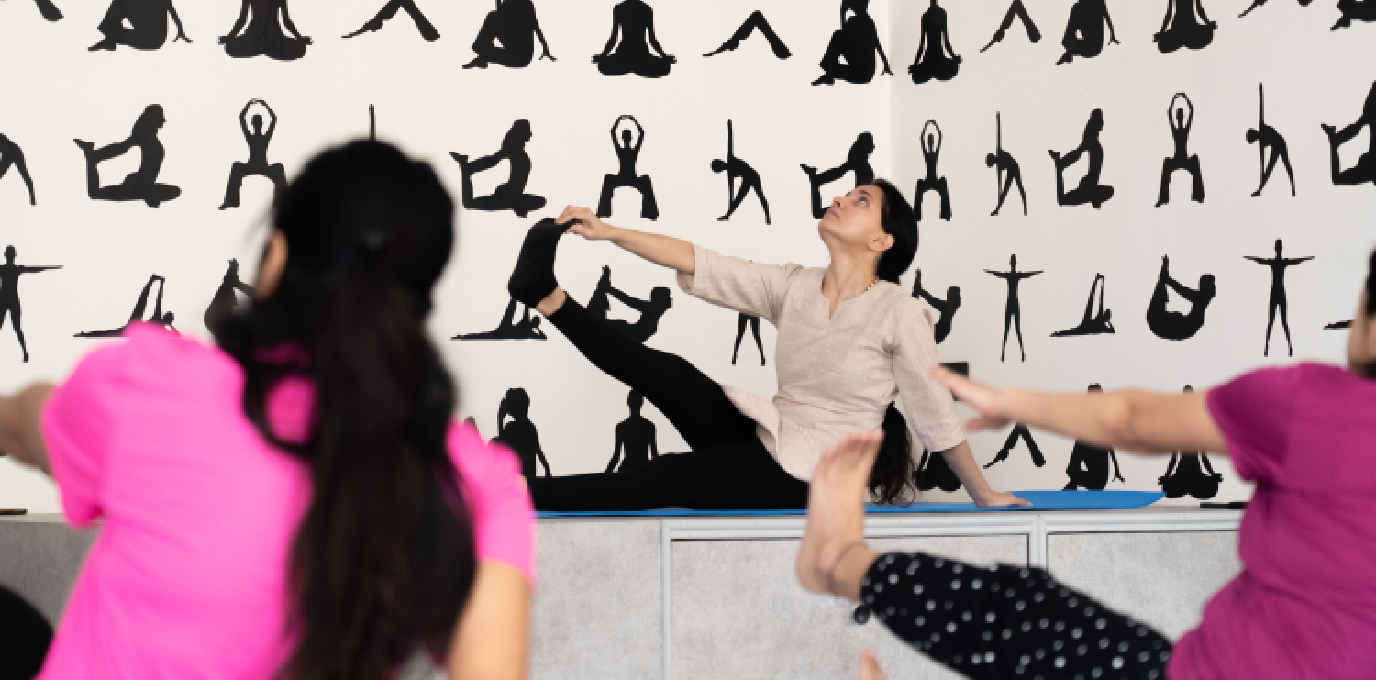
Simple yoga positions performed on a regular basis will help you age with healthy joints, much as proper oral hygiene prevents tooth decay. Furthermore, you may enhance the condition of your joints with specific positions even if you currently have some joint discomfort.
Yoga is ideal for people who have joint discomfort. Yoga is a low-impact workout that you may modify to meet your specific requirements. Yoga meets you where you are, regardless of your preference for a softer or more aggressive style that nevertheless doesn’t strain your knees. You may do yoga in a chair as well!
Never force a yoga position; instead, always pay attention to your body. Maintaining your breathing while stretching is also crucial.
To help prevent straining, you can also utilize yoga blocks, cushions, walls, and other forms of support when performing these postures.
Please visit your healthcare provider before beginning any yoga practice if you have significant arthritis pain, such as rheumatoid arthritis or osteoarthritis in the knees.
It’s best to get started as soon as possible. To maintain the health of your joints, Lets have a look at some of the yoga poses for your joint health
Remember This while practicing Yoga for a joint pain
©2024 Yoga De Temple. All Right Reserved